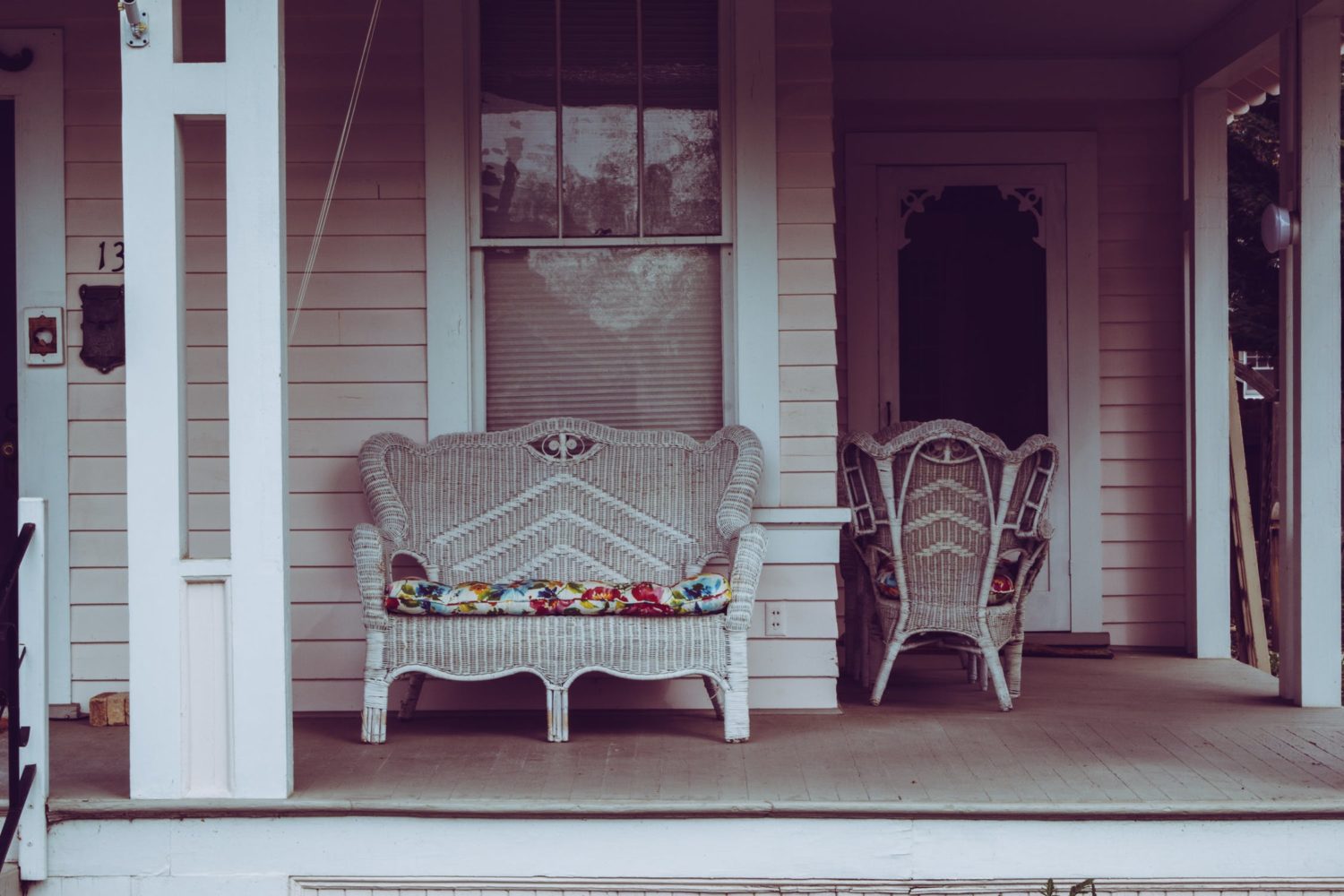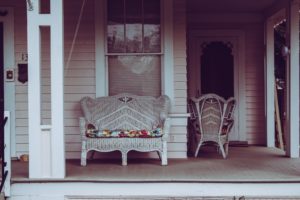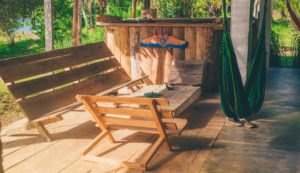
 It’s frustrating when you step outside to rest and relax on your patio, only to discover that it’s covered in mildew. While it typically doesn’t cause any immediate health concerns, mildew can turn this otherwise attractive area of your home’s exterior into an eyesore. And if there’s a significant amount of mildew on the floor, it may pose a slip-and-fall hazard for you, your family members and anyone else using the patio. You can protect your patio from mildew, however, by following some simple steps.
It’s frustrating when you step outside to rest and relax on your patio, only to discover that it’s covered in mildew. While it typically doesn’t cause any immediate health concerns, mildew can turn this otherwise attractive area of your home’s exterior into an eyesore. And if there’s a significant amount of mildew on the floor, it may pose a slip-and-fall hazard for you, your family members and anyone else using the patio. You can protect your patio from mildew, however, by following some simple steps.
What Is Mildew? And Why Does It Grow on Patios?
Mildew is a type of fungus that’s closely related to mold (also a fungus). It’s typically thin with a white or light green color. Because they are classified as a fungus, both mold and mildew need a few things to survive. This includes oxygen, organic matter and moisture. Without a readily available supply of these three elements, neither mold nor mildew will take hold on your patio. Mold- and mildew-causing fungi actually feast on organic matter. Whether it’s tree leaves, grass clippings, tree sap or even the wood, fungi will feast on organic matter as a source of food. Combined with accessibility to oxygen and moisture, mildew-causing fungi can easily thrive on your patio if certain precautions are not taken.
Embrace the Sunlight
You may discover that shaded areas of your patio are more susceptible to mildew than those exposed to the sun. The sun’s ultraviolet (UV) rays inhibit the growth of mold- and mildew-causing fungi. eHow explains that fungi doesn’t have the same photosynthesis properties as plants. While plants convert sunlight into food, fungi do not. Instead, they tend die from exposure to the UV rays. As a homeowner, you can use this to your advantage by embracing sunlight on your patio. If you have a large table umbrella preventing sunlight from reaching your patio, take it down at the end of the day. The more sunlight that hits your patio, the better protected it will be from mold and mildew-causing fungi.
Clean the Debris
Allowing debris to accumulate on your patio doesn’t just hurt your home’s curb appeal; it opens the doors to mold and mildew. All forms of fungus need organic matter to thrive. As a result, mildew often forms in areas where organic debris — tree leaves, branches, grass, etc. — have accumulated. To keep your patio free of mildew, you must clean this debris on a regular basis. The easiest way to clean debris off a patio is to use a leaf blower. If you don’t have access to a leaf blower, though, you can use a push broom. Just remember to get into the habit of cleaning your patio at least once a week to discourage the formation of mildew.
Check for Drainage and Runoff
 It’s also important that your patio has proper drainage and runoff. In other words, water should flow away and off your patio rather than accumulating on it. As previously mentioned, mildew needs moisture to survive. If water pools up in the center or anywhere else on your patio, it will likely contribute to the formation of mildew. The good news is that most patios with a wood or composite deck are designed with many individual planks, each of which are separated with a few centimeters of space. When it rains, gravity will pull the water off the patio and through the cracks between these planks. There are times, however, when water may collect on a patio, resulting in the formation of mildew.
It’s also important that your patio has proper drainage and runoff. In other words, water should flow away and off your patio rather than accumulating on it. As previously mentioned, mildew needs moisture to survive. If water pools up in the center or anywhere else on your patio, it will likely contribute to the formation of mildew. The good news is that most patios with a wood or composite deck are designed with many individual planks, each of which are separated with a few centimeters of space. When it rains, gravity will pull the water off the patio and through the cracks between these planks. There are times, however, when water may collect on a patio, resulting in the formation of mildew.
Seal It
The single most important thing you can do to protect your patio from mildew is to seal it. There are both wood sealers as well as brick sealers. Regardless of which material your patio floor is made of, you can use a sealer to create an invisible protective layer over it. Sealers work by creating a layer over the brick or wood floor. In doing so, mold- and mildew-causing fungi is unable to penetrate your patio floor. You can find sealer products available for sale at most home improvement stores.
Choose the Right Furniture
Certain types of patio furniture are more susceptible to mildew than others. Most untreated wood furniture, for example, carries a high risk of mildew because it contains organic matter that fungi can feast on. In comparison, plastic and synthetic furniture is naturally protected from mildew because it lacks organic matter. Alternatively, you can choose teak furniture for your patio. Although teak is a natural hardwood, it has special properties that protect it from mold and mildew. You see, the oils within teak deter insects and fungi alike, making it the ideal material for outdoor chairs, benches, tables and other patio furniture.
If you have any questions regarding how an S&S Fire Pit can enhance your outdoor living space; We can help. https://ssfirepits.com/contact/


